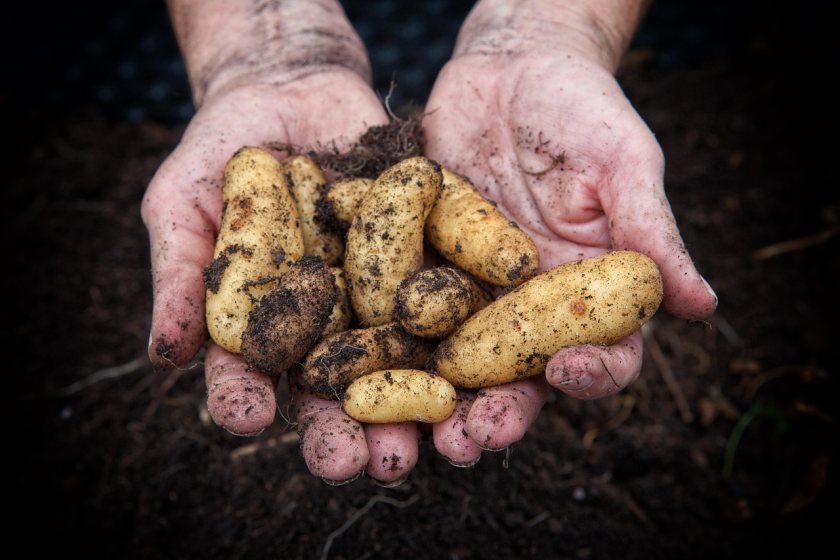
A pioneering research drive could change the way British potato growers fight their biggest pest threat – Potato Cyst Nematodes (PCN) – after a major breakthrough.
The initiative, known as DeCyst, set out to improve understanding of solanaceous trap crops and refine how these are deployed to combat PCN – one of the most serious threats facing potato production in the UK.
High populations of PCN can cause yield losses of up to 80% in susceptible cultivars, with an estimated annual cost to the Great British potato industry of £31 million each year.
Moreover, PCN threatens the continued production of seed due to its continued spread in Scotland.
With support from Defra and Innovate UK, the project investigated how carefully selected trap crops could disrupt the lifecycle of this damaging pest.
Working in partnership, the UK Agri-Tech Centre, Produce Solutions, Harper Adams University, VCS Potatoes, and several growers collaborated to optimise the use of DeCyst™ solanaceous trap crops, specially designed to suppress PCN populations.
Trap cropping involves planting alternatA novel approach to pest controlive host crops that encourage PCN to hatch earlier in the crop rotation, preventing female nematodes from maturing and thereby reducing their numbers before the next potato crop is planted.
Dr Alex McCormack, Innovation Lead – Agronomy at UK Agri-Tech Centre, said: “It’s been a great few years working with the DeCyst consortium advancing our knowledge and understanding of how to get the best out of Solanaceous Trap Crops (STCs).
“Going forward it’s now a question of how we can continue to build on this project’s successes, alongside looking at other complimentary tools to manage pests and diseases like PCN.”
Dr Matthew Back, Reader in Nematology at Harper Adams University, underlined the scale of the challenge: “PCN is the most prevalent potato pest in the UK.
“As crop protection chemistry such as nematicides are revoked, and control measures limited, growers have to investigate alternative methods such as trap crops, to ensure a viable future for potatoes within their rotations.”
The research focused on three solanaceous species: solanum sisymbriifolium (DeCyst-Prickly), solanum scabrum (DeCyst-Broadleaf) and solanum chenopodioides (DeCyst-Podium).
Through rigorous testing, the project team has been working to identify the most effective species and to establish clear agronomic guidelines for farmers.
James Lee, Head of Agronomy at Produce Solutions, highlighted the broader value of the work: “We need all the tools available to us to control PCN, particularly if we lose any further nematicide options.
“Adoption of solanaceous trap crops could mean an increase in resilience and the maintenance of productivity for the UK potato industry.
“An additional benefit is that they add organic matter and can increase carbon storage if they are chopped and incorporated into the soil.
“This is especially important given the move to more regenerative farming systems and emerging carbon markets.”
